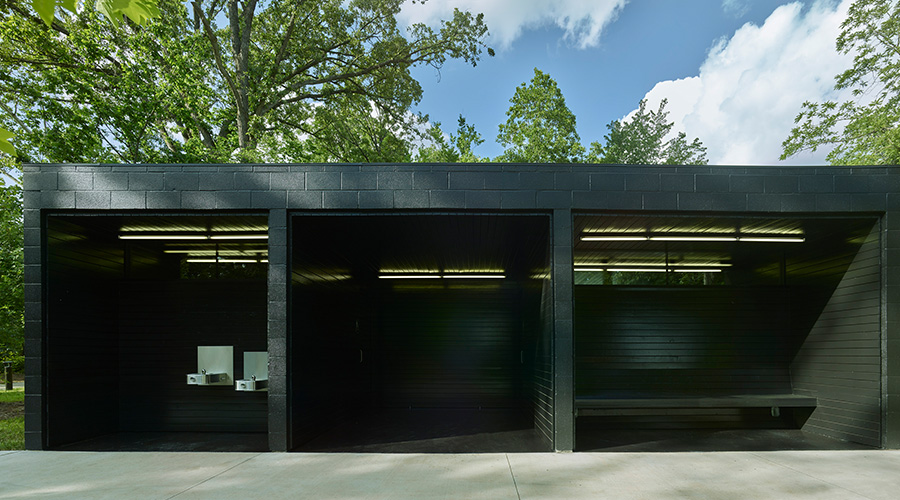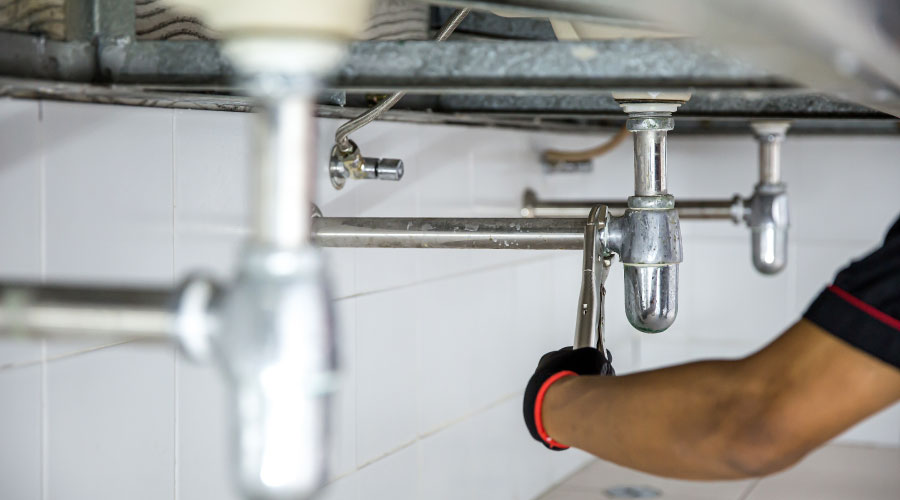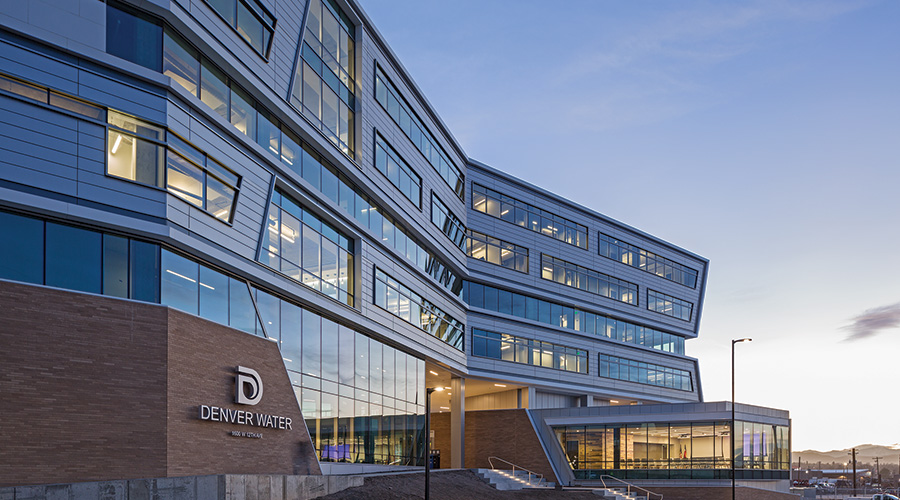Restrooms: Maintenance Should Focus on Shut-Off Valves
During specification, managers need to consider the way technicians will maintain products and equipment they have installed in restrooms. Maintenance is a primary factor in limiting life-cycle costs and extending the product's performance life.
For example, technicians should know the location of every shut-off valve because, inevitably, fixtures wear and require replacement. If managers pay adequate attention to shut-off locations and ensure workers have easy access to them, labor cost will remain low every time workers have to inspect or repair the plumbing.
Managers also should specify shut-off valves for their ability to operate maintenance-free for long periods and, when needed, operate easily and close completely.
If managers fail to take valve materials into consideration, they will end up with valves that have a low first cost but freeze up or leak after closing, resulting in higher long-term costs. In such cases, closing or replacing the shut-off costs much more than simply replacing a faucet washer, and job time is greater, driving up the cost and causing greater inconvenience to occupants.
Managers also need to track advances in a host of other restroom products that will affect maintenance activities. For example, noteworthy advances in dispensers include: automatic soap dispensers; automatic toilet-tissue dispensers; sanitizers that require no operation, no electricity and no batteries; and automatic aerosol-spray units.
Keeping it Clean
To ensure sanitary conditions in restrooms, as well as the timely and cost-effective replenishment of supplies, custodial crews need to focus on inspection and cleaning duties. Complementing these daily custodial routes are periodic preventive maintenance (PM) tasks, including inspection, checking for leaks, adjustment, replacing key parts that include washers and batteries, and inspecting and cleaning drains and pipes.
Powered cleaning equipment is more efficient than the bucket and mop, and the units do a much more thorough job of touchless washing and sanitizing of fixtures, walls, and floors. They also enable cleaning crews to use less water and improve restroom hygiene.
A typical power cleaning machine sprays cleaning solution through an auto-proportioning mixer that has multiple settings for different solutions. Cleaners can use it to pressure-wash various surfaces, including sinks, fixtures, toilets, walls, partitions, and floors. They can use the same machine to vacuum-dry the surface to remove water, soil, and germs.
This combination of washing and drying helps minimize the investment in labor and water, the process is touchless and, therefore, more sanitary, and it produces a higher-quality cleaning job because it removes the soil mechanically and chemically.
Related Topics:















